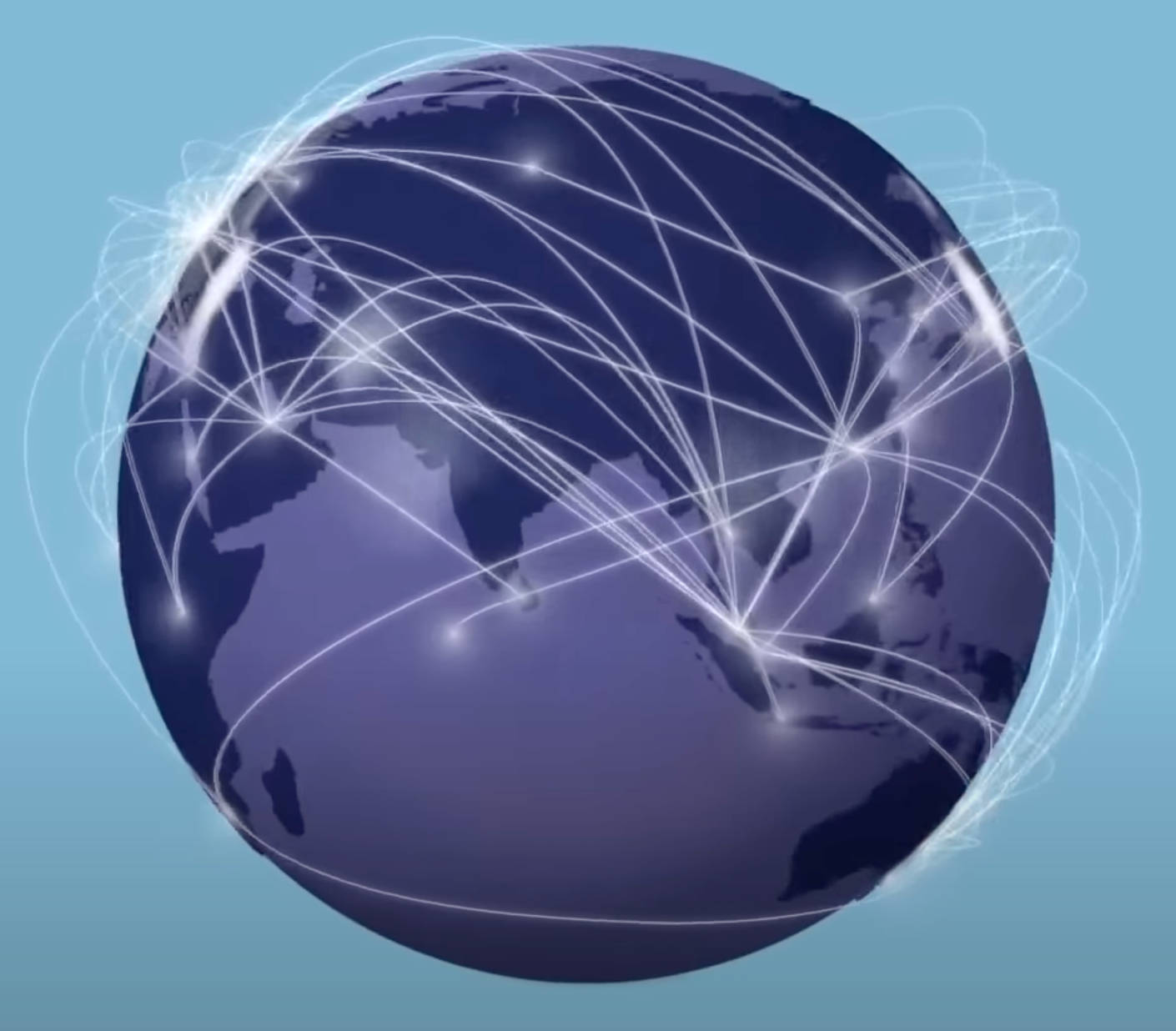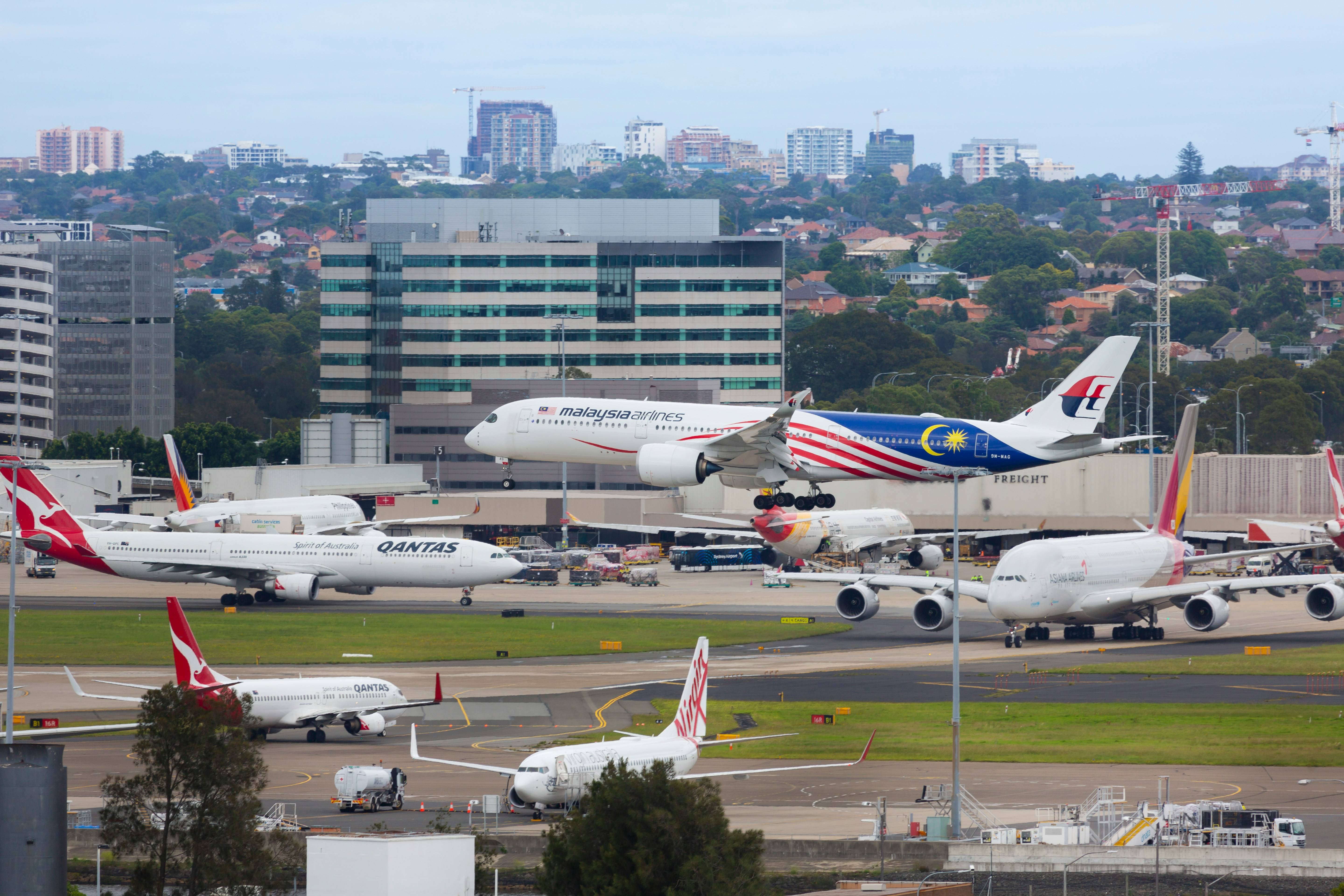Airline Alliances: How These Partnerships Strengthen Connectivity Between Carriers
History of Alliances in the Airline Industry
Back in the 90's when I really started to travel a ton, United was my preferred airline since I lived in San Francisco. I remember what a huge deal it was when the Star Alliance was created - especially for the benefits of being able to accrue and use miles on the partner airlines. It all seemed to make sense since no one airline could truly cover the world. This article will provide an update on where these alliances stand today.
Airline alliances have played a crucial role in shaping the global aviation industry. The first significant alliance, Star Alliance, was established in 1997 and included five major global airlines. Since then, the concept of airline alliances has evolved and expanded, with multiple agreements and partnerships being formed.
Airline alliances are cooperative agreements between two or more airlines that aim to enhance connectivity, streamline operations, and provide a seamless travel experience to passengers. These alliances involve code-sharing, allowing airlines to sell seats on each other's flights and provide reciprocal benefits to their customers.
Benefits of Alliances to Airlines
Airline alliances offer numerous benefits to participating carriers. Firstly, alliances enable airlines to expand their network reach by leveraging the routes and destinations offered by partner airlines. This allows them to offer more options to passengers without having to invest in additional aircraft or infrastructure.
Financially, alliances provide cost-sharing opportunities and economies of scale. By collaborating in areas such as purchasing, maintenance, and marketing, airlines can achieve cost efficiencies and reduce operational expenses. Additionally, alliances enhance the marketing reach of member airlines, as they can promote and market each other's flights, leading to increased brand visibility and customer acquisition.
However, there can be challenges for airlines when it comes to the management of earned miles. Depending on the specific alliance and its policies, unused miles earned on one airline within the alliance may not be transferable or usable on another airline. This can result in complexities and limitations for both the airlines and their customers.
VIDEO:Have you ever wondered how airline alliances like Star Alliance, OneWorld, and SkyTeam can enhance your travel experience? This insightful video breaks down the history, structure, and benefits of these major airline alliances, making it easier to understand how they work together to offer passengers a seamless travel experience. Personally, learning about these alliances transformed the way I book my flights, allowing me to maximize my reward points and enjoy elite status benefits across multiple airlines. Don't miss out on this valuable information—watch the video to see how it can improve your next journey!
Benefits of Alliances to Passengers
Airline alliances bring several advantages to travelers. One of the key benefits is enhanced connectivity, as passengers can enjoy access to a broader network of flights and destinations through their alliance's member airlines. This allows for smoother transfers, increased flight frequency, and improved options when planning itineraries.
Moreover, passengers who are members of frequent flyer programs within an alliance can earn and redeem miles across multiple airlines, making it easier to accumulate rewards and enjoy various perks. Additionally, alliance members often provide reciprocal benefits such as priority check-in, lounge access, and expedited security procedures, enhancing the overall travel experience for passengers.
On the downside, passengers may sometimes experience limitations when redeeming their miles or accessing benefits, as availability can be subject to blackout dates, capacity controls, and restrictions imposed by individual airlines within the alliance. It's essential for travelers to understand these nuances and plan accordingly.
Top Alliances and Member Airlines
Currently, there are three major airline alliances dominating the industry:
SkyTeam
SkyTeam alliance, founded in 2000, consists of 19 member airlines and focuses on providing a seamless travel experience across a vast network of over 1,150 destinations in more than 175 countries. SkyTeam offers passengers numerous benefits such as lounge access, priority services, and the ability to earn and redeem miles across its member airlines.
- Aeroflot
- Aerolíneas Argentinas
- Aeroméxico
- Air Europa
- Air France
- Alitalia
- China Airlines
- China Eastern Airlines
- Czech Airlines
- Delta Air Lines
- Garuda Indonesia
- Kenya Airways
- KLM
- Korean Air
- Middle East Airlines
- Saudia
- TAROM
- Vietnam Airlines
- Xiamen Airlines
Star Alliance
Star Alliance is the largest airline alliance, with 26 member airlines. Established with a vision to take passengers to every corner of the world and provide a seamless travel experience, Star Alliance now offers over 1,000 destinations in more than 190 countries.
- Adria Airways
- Aegean Airlines
- Air Canada
- Air China
- Air India
- Air New Zealand
- ANA
- Asiana Airlines
- Austrian Airlines
- Avianca
- Brussels Airlines
- Copa Airlines
- Croatia Airlines
- EgyptAir
- Ethiopian Airlines
- EVA Air
- LOT Polish Airlines
- Lufthansa
- Scandinavian Airlines
- Shenzhen Airlines
- Singapore Airlines
- South African Airways
- Swiss International Air Lines
- TAP Air Portugal
- Thai Airways
- Turkish Airlines
- United Airlines
Oneworld
Oneworld alliance comprises 14 member airlines, including American Airlines, British Airways, Cathay Pacific, and Qantas. It offers a strong global network and seamless connectivity.
- American Airlines
- British Airways
- Cathay Pacific
- Finnair
- Iberia
- Japan Airlines
- Malaysia Airlines
- Qantas
- Qatar Airways
- Royal Air Maroc
- Royal Jordanian
- S7 Airlines
- SriLankan Airlines
- Fiji Airways (Oneworld Connect partner)
FAQ: Airline Alliances
Find more help here for your journey through the airport



